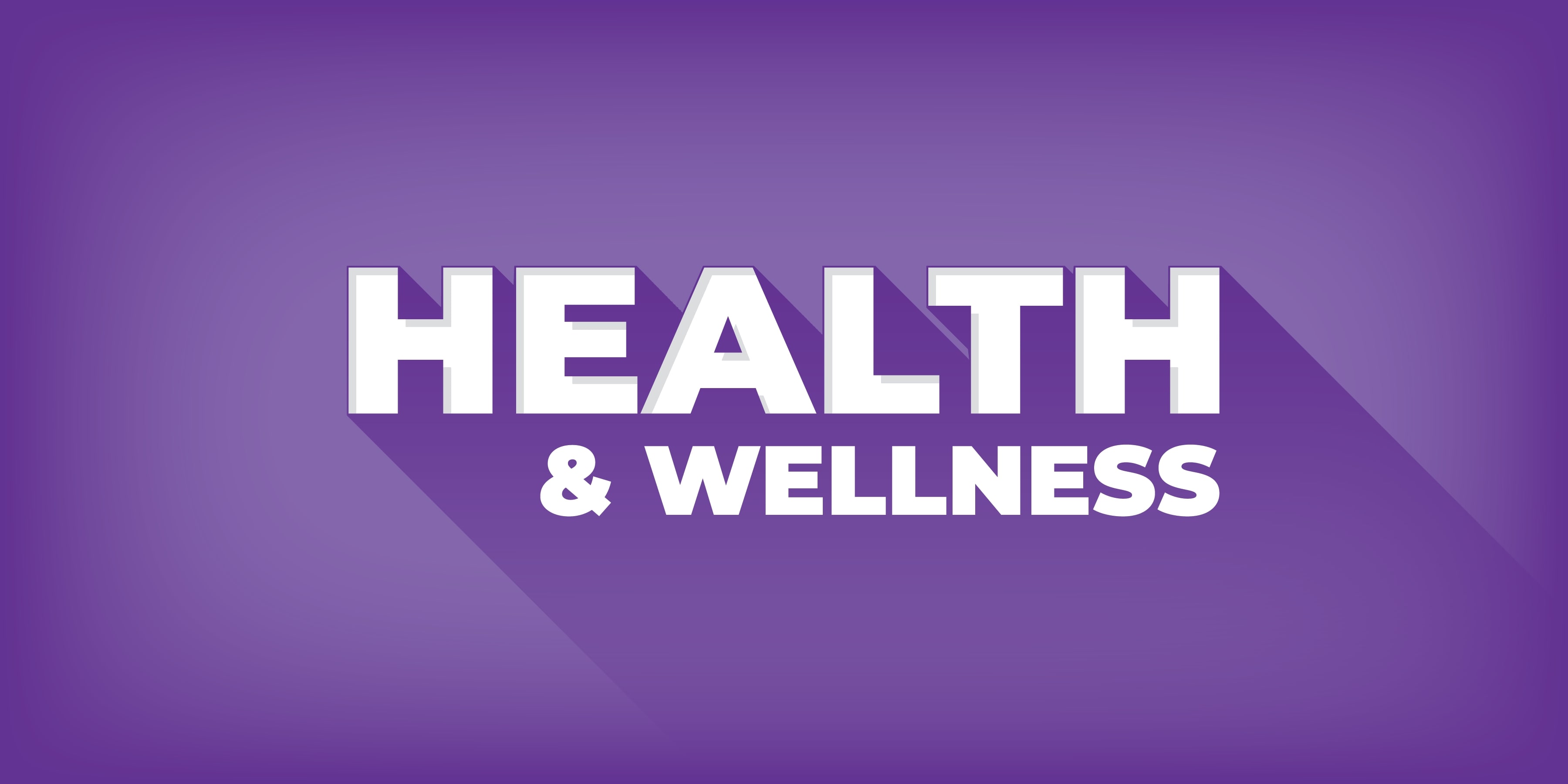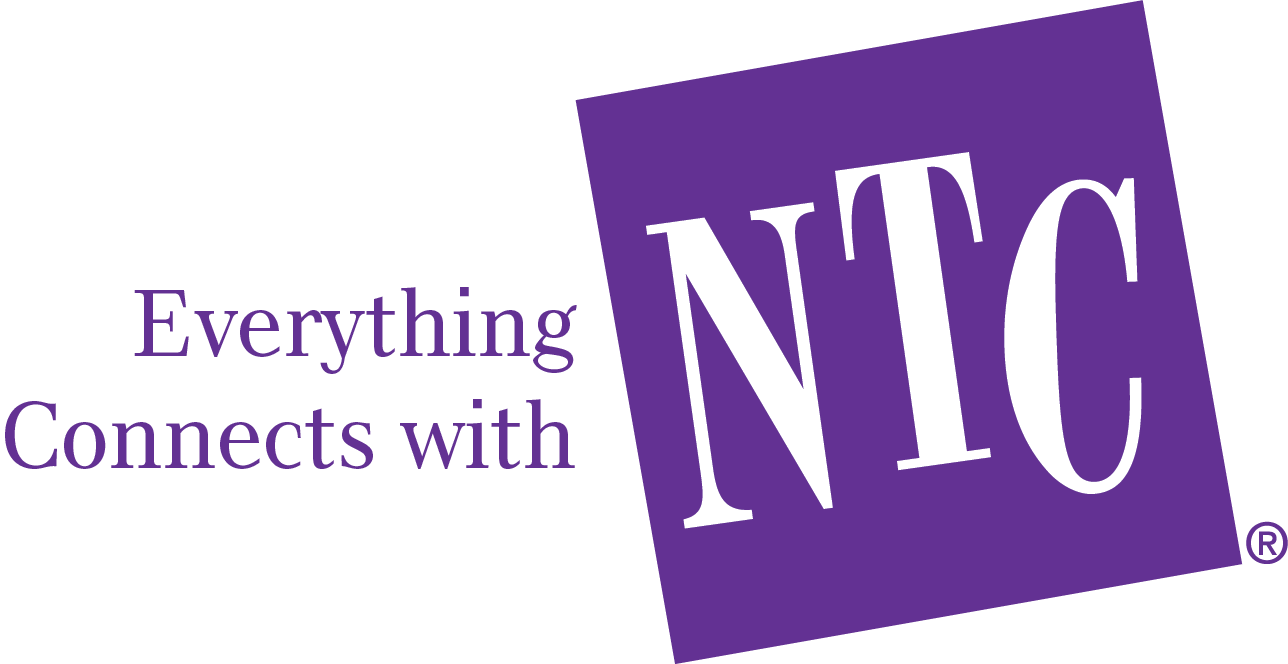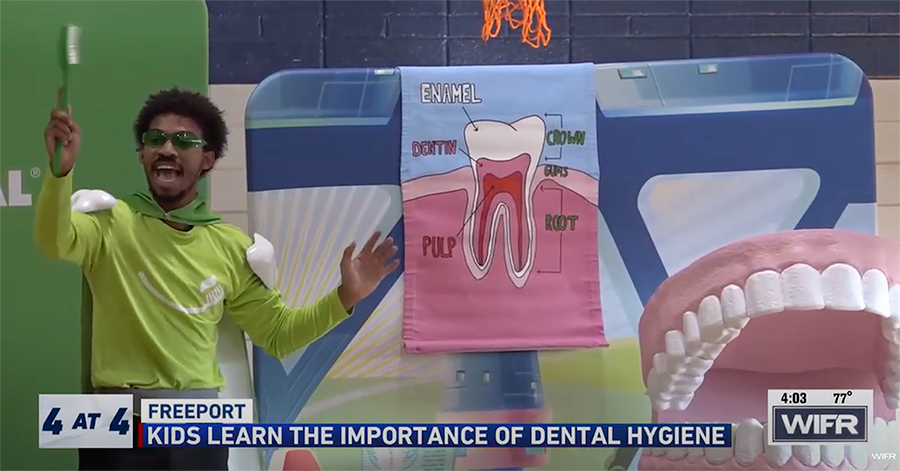Despite TOU programs offering potential savings for energy consumers, time of use adoption rates remain low. At least about 70% of households in the US have access to a TOU program, yet recent studies by the Energy Information Administration (EIA) show adoption hovering around 10% nationwide. Even in states with higher rates, adoption remains low. As of early 2025, only 30% of residential customers in California, the state with the highest adoption rate, were enrolled. The gap between access and adoption remains a large hurdle. Getting over this hurdle will require innovative utility customer education solutions.
Looking at the Knowledge Gap Hurdle
If you look at TOU adoption in a similar way to adopting a new technology, having an adoption rate that is hovering around 10% translates to a consumer population that is considered between innovators: those very first people to adopt a new technology, and early adopters, those with both high opinion leadership and a willingness to risk a change. For technology, this percentage is between 2.5% to 13.5%, which puts a 10% TOU adoption rate smack dab in this territory, even for something that has the potential to save consumers money. Gaining that first segment of adopters is also easier than those who come later and takes more effort to change usage habits and behaviors. Utility customer education can help move the needle towards gaining early majority adopters (34%) and into late majority adopters (another 34%) and beyond.

How to Educate Customers about TOU Rates
Rolling out more TOU programs will not necessarily remedy the low TOU program enrollment rates. TOU customer education programs need to be a part of the equation, if more consumers are to get on board. Improving TOU program adoption rates means improving consumer understanding of:
- What time of use is
- How each TOU program works, and how to figure out which one will fit their needs
- How changing their energy use habits can benefit them
- What signing on to a program could mean for their energy costs
- How to sign up for a specific program
- The rules for each specific program and guidelines on following them
To raise adoption rates, utility customer engagement strategies aimed at TOU programs need to address these questions in a straightforward, meaningful way. Engagement and education strategies need to relate to how consumers go through their everyday lives and use language and communication methods they can connect to. Innovative and creative engagement strategies can also be useful to meet customers where they are at, and in ways they are most comfortable in receiving new information.
Asking for Two Things at Once
One of the main issues with TOU adoption is that you are asking customers to do two things at the same time:
- Sign up for a program that effects their billing and ultimately their home budget
- Change their energy consumption behavior
Time of use programs and TOU rate strategies only work for consumers if they change their consumption habits. If they sign up for a program and then use energy during peak times as they have done for most of their lives, then the TOU program will be of no use to the consumer or to the utility in managing grid demand. Ultimately, an increase in TOU program participation is only useful if behavior change is achieved to balance the energy consumption equation.
Pairing utility customer education with energy efficiency and conservation education can help consumers further understand the larger picture at play in lowering their energy costs.
Building Trust
As a utility, building trust between you and your residential customers is key to whatever TOU rate strategies you use to educate and nudge energy consumers to adopt new beneficial habits and programs. Getting their attention is one thing, offering something of value is another, and still another is explaining TOU programs in an understandable way, but unless you have their trust, low adoption rates will continue to be an issue.
Reducing Customer Confusion
One way to build trust and reliability is by improving your customer experience. One way to do this is by cutting down on utility customer confusion on TOU rates. Using a multi-channel communication approach that utilizes understandable, everyday language unriddled by jargon and centers on the customer’s experience can help turn customer confusion into customer understanding. It can also help build the trust needed between you and your customers that will improve customer satisfaction.

Innovating your Communication Approach
Utility companies have always used different methods to communicate with their customers and some standard marketing approaches have included:
- Bill inserts (digital and paper)
- Email campaigns and newsletters
- Website FAQ and resource pages
Email campaigns and open rates can be significantly improved by segmentation and personalization. No one has time to open emails that they do not perceive as being relevant to their lives. Getting to know your consumers and responding to their needs is important in building trust.
Many energy consumers struggle to just make ends meet, work their job, raise their kids, and respond to the needs of those they care about while also enjoying their time with family and friends. Utility communication is not necessarily on the priority list of emails to open on any given day, especially if regular communication is thought to be no more than another bill.
And that’s the catch. Utility customer communication cannot only be about your customer’s bill. When it is, you are nothing more than another thing that needs to be paid for in a long list of things that need to be paid. It is why utility customer satisfaction improvement and utility customer experience management needs to be the focus of your communication if you are going to capture your consumers attention at all, let alone keep it long enough to educate them about your TOU programs.
Use Understandable Language and Helpful Visuals
An FAQ on your website or a well-crafted bill insert will reach some of your energy consumers, but it will not reach them all, and in some demographics, it won’t even reach a majority. Even if improving customer experience is your top priority, if your communications are full of industry jargon that is used more frequently in technical analysis than in consumer understanding, it will not help improve TOU adoption rates.
Use a Multi-channel Campaign and Creative Approach
A multi-channel educational campaign approach uses more innovative and creative ways to gain customer attention. It also helps keep that attention long enough to show them the answers to their TOU program questions. Reaching out to consumers in more varied and creative ways can help build their trust and relationship with the utility. This can include entertaining and educational videos or social media campaigns and digital communications that maximize creative solutions and digital storytelling.
An effective utility communication strategy needs to address the critical gap between what utilities offer and how effectively they communicate these programs with their residential consumers.
Some key strategies can include:
- Use smart meter data to provide customers with personalized shadow-billing that demonstrates exactly how time-of-use rates would affect their monthly bill
- Incorporate modern communication options that customers expect, such as smart phone apps, voice assistants and interactive web tools
- Provide real-time bill impact calculators using actual usage data, energy use dashboards, and TOU readiness assessment questionnaires with personal recommendations
- Offer multi-language communication to tackle language barriers]
- Use cross-channel integration to ensure consistent messaging and unified customer experience across all touchpoints
- Utilize demographic targeting to maximize specific channel communications based on customer age groups and lifestyle preferences.
In the end, being a proactive educator and partner rather than a passive rate provider can prove highly effective. Put the emphasis on how you provide programs that are designed to help consumers with that bill every month, which certainly includes time of use programs.

Applying Key Behavioral Science Principles to TOU Rates
Some successful strategies for helping consumers get on board with TOU programs that can help reduce opt-outs, increase adoption, and improve satisfaction with TOU programs incorporate behavioral science principles.
Real-Time Intervention
A nudging strategy that catches customers at the moment of decision with the use of mobile app push notifications. This type of messaging reaches customers at the moment action needs to be taken. Such as, “Your peak rate starts in 15 minutes. Consider delaying dishwasher use until 8PM.”
Social Psychology Leveraging
This behavior science principle uses peer comparison and competition strategies to motivate consumers to alter their habits. To be successful, it needs to go beyond simple benchmarking and tap into social proof with community competition elements or neighborhood-level challenges that create collective accountability.
Advanced Gamification Mechanics
Some people are motivated by achievements and like to see their progress to earn a sense of accomplishment. Incorporating progressive achievement systems or mission-based challenges that feel engaging rather than educational can appeal to some consumers and boost adoption.
Even using surprise bonuses or variable reward schedules can take gamification to the next level and help maintain long-term customer engagement. This strategy can also help spread the word peer to peer as people like to also broadcast their achievements to family and friends. Weaving this strategy into a social media campaign can help you leverage gamification into an organic influencer campaign.
Sophisticated Psychological Techniques
This category of behavioral science principles can help customers stick with their changed habits over time and become a TOU customer opt-out prevention strategy.
This includes:
- Use smart meter data to provide customers with personalized shadow-billing that demonstrates exactly how time-of-use rates would affect their monthly bill
- Incorporate modern communication options that customers expect, such as smart phone apps, voice assistants and interactive web tools
- Provide real-time bill impact calculators using actual usage data, energy use dashboards, and TOU readiness assessment questionnaires with personal recommendations
- Offer multi-language communication to tackle language barriers]
- Use cross-channel integration to ensure consistent messaging and unified customer experience across all touchpoints
- Utilize demographic targeting to maximize specific channel communications based on customer age groups and lifestyle preferences.
Technology Integration
By leveraging technology and data to help with personalization and individual customer motivation patterns, you can help optimize nudge timing for maximum effectiveness. This includes smart home automation that builds energy-wise choices as the default.
The use of technology in this area can be useful as well because it can help automate much of this behavioral support, making it scalable across large customer bases while still maintaining messaging personalization.
Strategic Advantages of This Approach
These expanded strategies recognize that successful behavioral change requires multiple touchpoints and varied approaches because customers respond differently to different types of motivation.
For example, some customers can be motivated by competition where leaderboards and neighborhood challenges are successful while others can be motivated by achieving badges or streaks. Immediate cost feedback can motivate some with financial optimization while others prefer to see the environmental impact they are having through carbon footprint messaging. Still others are motivated most by community participation and social belonging.
Some behavioral nudges can also be more successful with some demographics while not as much with other demographics. For example, certain nudges will be more successful with younger generations than older ones and vice versa. This is why personalization and data analysis are important tools when helping customers change their energy consumption habits.
Another important tool that is also helpful for working across generations is empowering young people with energy efficiency and time of use education through in-school outreach programming so they become influencers in their homes. This approach teaches the next generation to get on board with TOU habits before other consumption habits are formed, which will improve your adoption rates in the long run. It also helps spread that messaging into residential homes.

Bridging the Gap with Utility Customer Education
Moving the TOU adoption rates beyond 10% and even beyond 30%, and then into a majority of energy consumers taking advantage of time of use programs with both understanding and agency will take consumer outreach that is creative and multi-dimensional. TOU programs are rolling out across the energy utility sector. It is now a matter of closing the consumer knowledge gap and taking the step beyond access and into adoption with innovative utility customer education.
Connect with NTC
You can find more information about empowering young people to become influencers in their homes here.
Or on designing a creative asset toolkit to effectively communicate your TOU programming here.
Or contact Nikki Swoboda at nswoboda@ntccorporate.com to chat about creating a customized utility customer education solution that is right for you.













